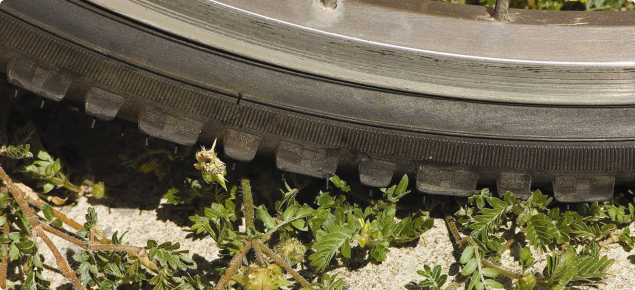Under section 193 of the BAM Act, local government authorities (local authorities) can prescribe any plant, other than a declared plant, to be a 'pest plant'.
Background
Since 1 May 2013, local authorities have been able to prescribe problematic plant species as pest plants under section 193 of the BAM Act. This can be applied to any plant that, in the local authority’s opinion, is likely to adversely affect the environment of the district, the value of property in the district, or the health, comfort or convenience of the district’s inhabitants.
General pest plant principles
It is each local authority’s responsibility to schedule a plant for pest plant status and administer the pest plant sections of the BAM Act in respect of that plant.
Once a local authority has gazetted a pest plant local law, it has considerable power to enforce control measures on all private land. A local authority may, by written notice, direct any occupier or owner of private land within its district to destroy, eradicate or otherwise control pest plants (BAM Act, section 193). The notice may specify the manner in which the pest plant will be controlled, the level of control required and the period during which that control will be effected.
Plants no longer categorised as declared plants can be prescribed as pest plants. For example, caltrop (Tribulus terrestris) is no longer a declared plant and can be considered for pest plant status by any local authority.
Approval of pest plant local laws
The proposed local law is enacted in accordance with provisions of the Local Government Act 1995 (section 3.12). The proposal should be forwarded to the Department of Local Government and Communities, to certify correct application of the Local Government Act in respect of pest plants.
During the prescribed period of consultation required for enactment of local laws, the Department of Local Government and Communities must (in accordance with the Local Government Act) forward a copy of the proposed local law and a copy of the public notice, to the Minister for Agriculture and Food.
In accordance with the BAM Act, a pest plant cannot be prescribed for an area if that plant is already declared in that area. If a plant is already declared in an area, its declared plant status would need to be cancelled before it can be prescribed as a pest plant for that area.
Local authorities should check to verify that any plant proposed to be a pest plant is not already declared under the BAM Act. This information can be found on the Western Australian Organism List (WAOL).
Details of pest plant local laws can be found on the Department of Local Government and Communities local laws register. Under the Local Government Act, a local authority is to carry out a review of the local law within eight years from the day when a local law commenced, in order to determine whether or not it considers that the law should be repealed or amended.
Landholder responsibilities in relation to pest plants
Once a pest plant has been prescribed in a district, landholders (landowners/occupiers) within the district are required to control pest plants on and in relation to their land in accordance with instructions specified in notices served by the local government.
Where a landholder does not comply with a notice served by a local authority, the authority may destroy, eradicate or otherwise control pest plants at the expense of the owner or occupier to whom the notice was given, and recover the costs associated with the control work from that landowner/occupier.
Contract work is performed on the understanding that the local authority has given sufficient notice to the landholder to comply with their responsibilities to control pest plants. Costs arising from contract work to control pest plants become a debt of the local authority concerned.
In respect of government departments the following is to be noted:
- Local authorities do not have the authority to direct government departments to comply with a pest plant local law or undertake pest plant local law requirements on government land.
- Entry into private property to enforce the control of pest plants, is authorised under the Local Government Act — not under the BAM Act.

